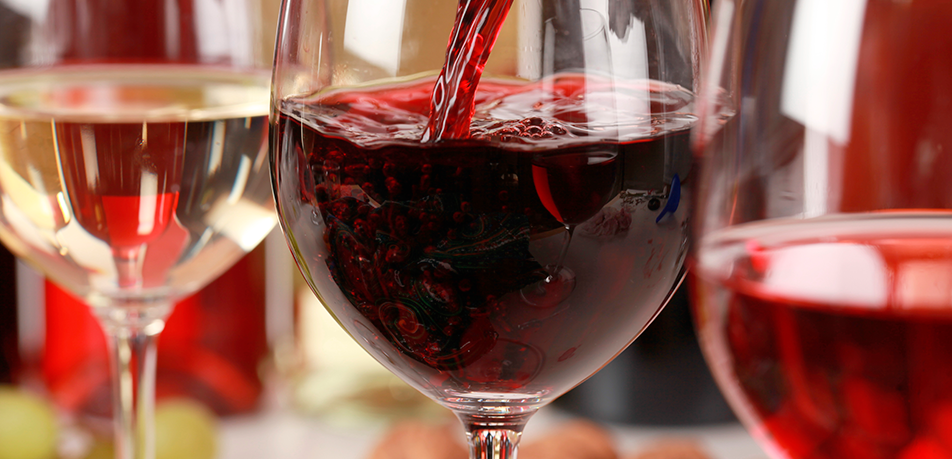UNDERSTANDING THE EXPERTS

Imagine guests sitting at a table in a restaurant. The waiter comes over, takes their order and then this happens:
“Will you be having the macaroni as a first course?”
“Ah... I'm not sure... We don't really know much about pasta...”
This could be straight out of a Monty Python sketch, right? The response seems somewhat ridiculous. After all, you don't need to know much about types of flour or sauces or recipes with romantic Italian names to enjoy a good plate of pasta.
Now, let's change the wording a little:
“Will you be having wine with dinner?”
“Ah... I'm not sure... We don't really know much about wine...”
Now it no longer seems that ridiculous, right? As a sommelier, I can tell you that I hear this a lot. For some reason, many people believe that you need to be a wine expert to enjoy it.
In my experience, one of the main reasons why consumers don't feel entirely comfortable with the wine list is due to the use of excessively technical language, although this is something not exclusive to wine:
“The look on my face when the mechanic explained why the engine was making that noise was very similar to that of guests listening to an explanation of tannin polymerization. Let's be practical.”
I believe we need to make the language of wine more accessible to those who love it. With that in mind, I'm going to break down wine writing into four basic concepts that are easy to understand and useful in describing a wine and the delightful sensations it imparts.
- Acidity: When we talk about freshness, tartness, nerve, liveliness, even adjectives like crisp, zesty or electric, we're referring to the positive attributes of high acidity. We perceive acidity in wine as fresh, lively sensations on the palate.
- Alcohol: When the alcohol-acidity balance shifts towards the former, the most commonly used concept is warmth. This means that in a warm wine, we will perceive the presence of alcohol more clearly.
- Sugar: When a wine conveys no sensation of sweetness, we'll refer to it as dry. We might say it has a clean finish in contrast to the slightly more unctuous finish of a sweeter wine. In this context it is important to correct a widespread misconception: the opposite of dry is sweet.
When asked whether you prefer a dry or fruity wine (a very common question), remember that you can enjoy a dry and fruity wine. Fruit aroma is completely unrelated to the amount of residual sugar in a wine.
- Tannins: Although tannins also add a touch of bitterness, they are mainly responsible for tactile sensations on the palate. This is why the most commonly used descriptors refer to textural concepts (silky, velvety, etc.), but other food-related analogies can also be drawn (fleshy, sweet, ripe, green, etc.)
In closing this brief look at tasting terminology, remember that the rest of the description focuses on three aromatic groups as expressed on the nose: animal, vegetative and mineral. The description of how the wine evolves across the palate (midpalate and finish) completes our tasting. We'll go into greater detail on that at another time.
J.A. Colet
Sommelier, Trainer and contributor to local radio and TV.
